I have some data points on % penetration of a product for a specific time window and i would like to estimate the "before and after" that time window using an S-shaped function that starts around %penetration=zero and ends around %penetration=1, so effectively like a cumulative distribution function.
Here's the data:
period<-seq(13,73,1)
value<-c(0.267, 0.292, 0.317, 0.342, 0.367, 0.394, 0.422, 0.450, 0.477, 0.492, 0.507, 0.522, 0.537, 0.562, 0.587, 0.612, 0.637, 0.645, 0.652, 0.660, 0.667, 0.675, 0.682, 0.690, 0.697, 0.704, 0.711, 0.718, 0.724, 0.729, 0.734, 0.739, 0.743, 0.748, 0.753, 0.757, 0.762, 0.766, 0.770, 0.774, 0.778, 0.782, 0.786, 0.790, 0.794, 0.797, 0.800, 0.803, 0.806, 0.809, 0.812, 0.814, 0.817, 0.820, 0.822, 0.824, 0.827, 0.829, 0.831, 0.834, 0.836)
So my time window goes from period=13 to period=73 and I would like to estimate values for periods 1 to 12 (starting close to value=zero) and periods 74 to 140 (ending close to value=1). Any idea how i can do this...? thanks in advance, Chris



